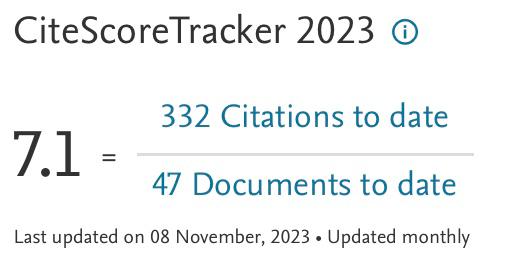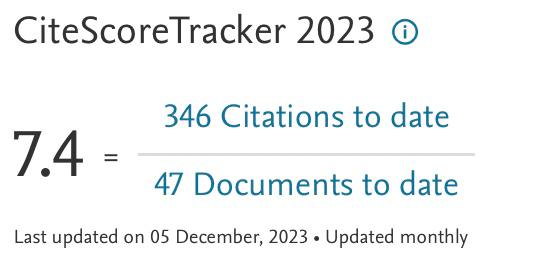Numerical Study of Particle Behaviour in a Mixed Convection Channel Flow with Cavity using Cubic Interpolation Pseudo-Particle Navier-Stokes Formulation Method
Keywords:
CIP method, cavity, aspect ratio, particlesAbstract
Cubic Interpolation Pseudo-Particle (CIP) method was applied to solve the hyperbolic, advective term of vorticity transport Navier-Stokes equations coupled with energy equation in the two-dimensional, incompressible and laminar flow over the cavity and Eulerian-Lagrangian approach to model the dispersion of the particles inside the cavity. Flow inside cavity with an aspect ratio (AR) range from 0.5 to 4, and Reynolds number (Re) from 50 to 1000 was investigated. Validation studies were conducted numerically by evaluating the CIP method on the flow in the channel with the cavity. Qualitative comparisons between the numerical and experimental results were evaluated and presented. Even though the presence of heat in the cavity has changed the flow structure inside the cavity due to buoyancy changes from temperature variations, it does not significantly affect the particles removal from the cavity. Furthermore, the dependency of particles dispersion on its density can also be observed. It was found that the particles with density ratio = 1.0 and 2.0 are easily affected by the flow field in the cavity compared to particles with density ratio = 5.0 and 10.0. As for particles with density ratio = 2.0 and 5.0, they are hardly affected by vertical flow fields resulting from inertial forces from the particles themselves. Therefore, particles tend to drag down and settle due to the gravitational force occurred instead of being removed outside the cavity. As the density ratio increased from 2.0 to 10.0, the percentage of particles removal decreased from 20% to 14%. However, the percentage of particles deposited had increased from 41% to 86%.
Downloads






















